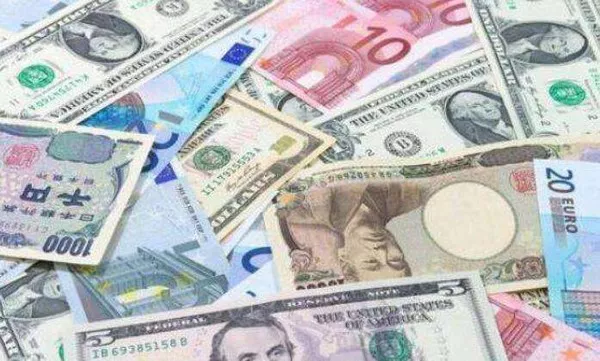The Australian Dollar (AUD) made a modest recovery against the US Dollar (USD) on Friday, buoyed by producer price data indicating a decline in inflation, which may prompt the Federal Reserve to consider further interest rate cuts. The AUD/USD pair was trading at 0.6748, reflecting a gain of over 0.12%, although it remains on track for weekly losses exceeding 0.60%.
The uptick in the AUD/USD rate follows the release of data from the US Bureau of Labor Statistics (BLS), which reported that the Producer Price Index (PPI) for September remained unchanged at 0%, a decrease from August’s 0.2% month-on-month increase. Meanwhile, the Core PPI, which excludes volatile items, rose by 0.2% month-on-month, aligning with expectations but down from 0.3% the previous month.
On an annual basis, the PPI rose by 1.8%, slightly down from 1.9%, while underlying prices increased by 2.8%, up from 2.6%, falling short of the anticipated 2.7%. The recent data, combined with the consumer price index (CPI) report released yesterday, suggests the Fed may cut rates in its November meeting. The swaps market now indicates a 95.6% probability of a 25 basis points rate cut, a significant rise from 83.3% a day prior, when traders adjusted their positions following comments from Atlanta Fed President Raphael Bostic, who expressed openness to either cutting or holding rates in the upcoming meetings.
Additionally, the University of Michigan (UoM) reported a slight decline in Consumer Sentiment, dropping from 70.1 to 68.9, which was below expectations. This decline is attributed to rising living costs, with Americans revising their inflation expectations upward from 2.7% to 2.9% over the next year.
In a related development, Chicago Fed President Austan Goolsbee praised the progress in inflation and labor market conditions, noting that despite a positive jobs report for September, there are no signs of overheating in the economy.
Looking ahead, next week’s Australian economic calendar appears light. The Reserve Bank of Australia (RBA) Assistant Governor Sarah Hunter is scheduled to speak on October 15, followed by the release of jobs data on October 16.
On the US side, key upcoming data includes remarks from Federal Reserve officials, along with reports on the Balance of Trade, Retail Sales, Initial Jobless Claims, Industrial Production, and housing statistics.
Technical Analysis of AUD/USD
From a technical perspective, the AUD/USD is currently consolidating with a slight upward bias. For buyers to regain momentum, they must break above the recent high of 0.6761 established on October 9, which would enable a challenge of the weekly peak at 0.6809. Conversely, should sellers exert pressure and drive the exchange rate below the 50-day moving average (DMA) at 0.6733, this could open the door for a decline towards the 100-DMA at 0.6691.
Related Topics:




























